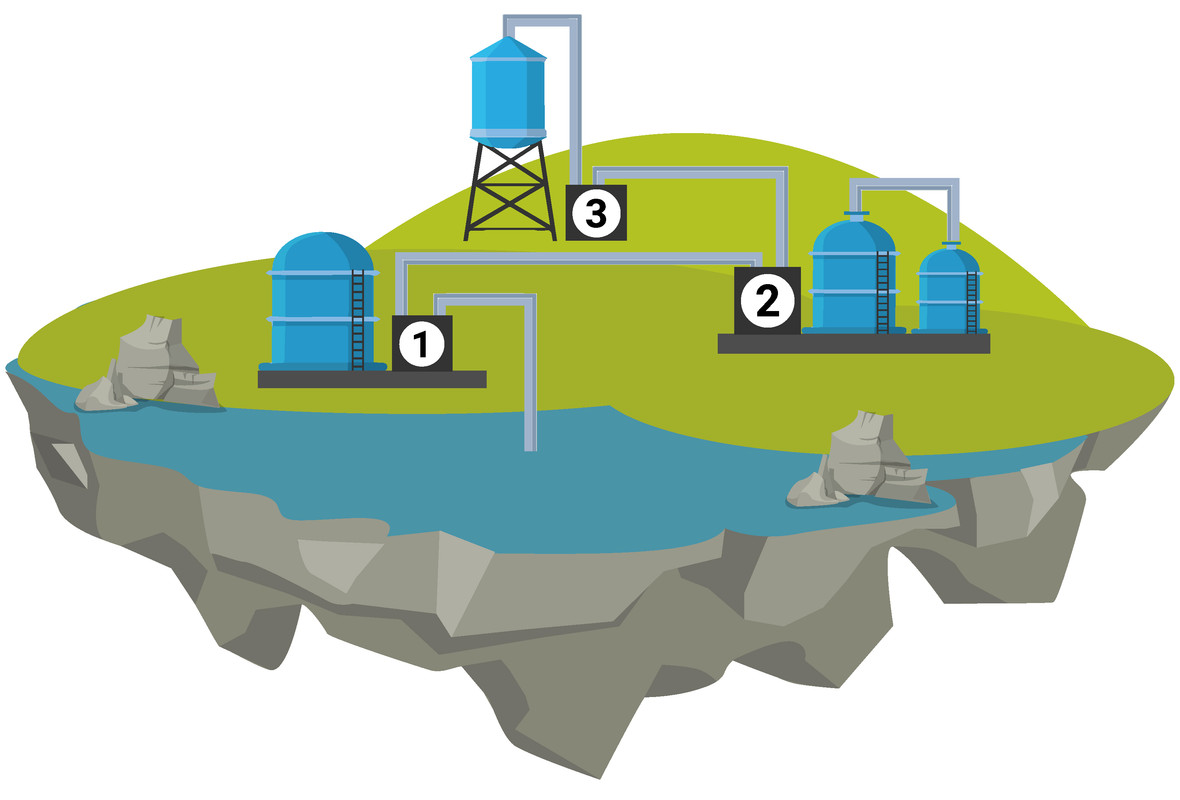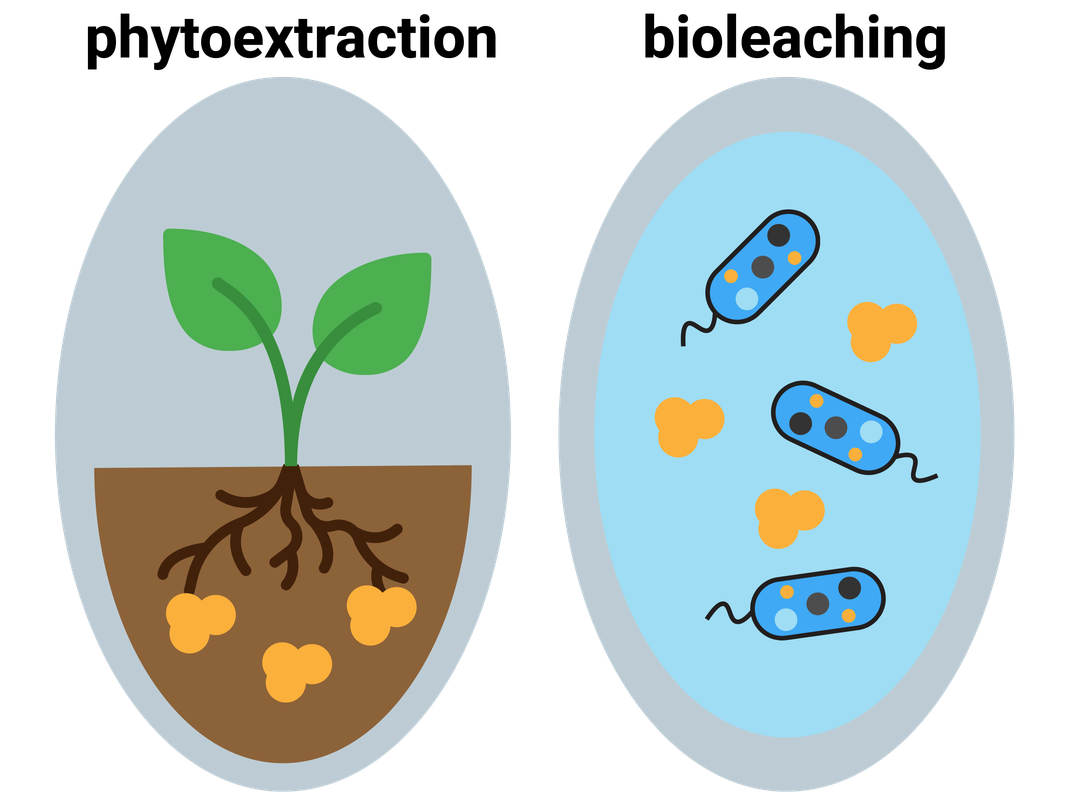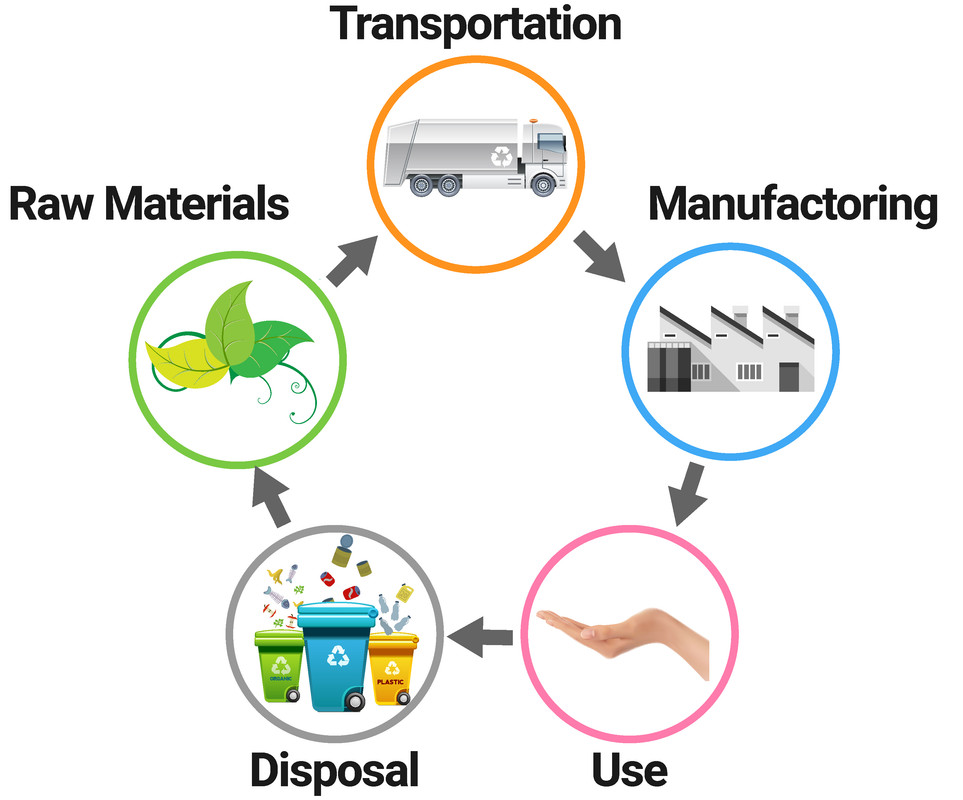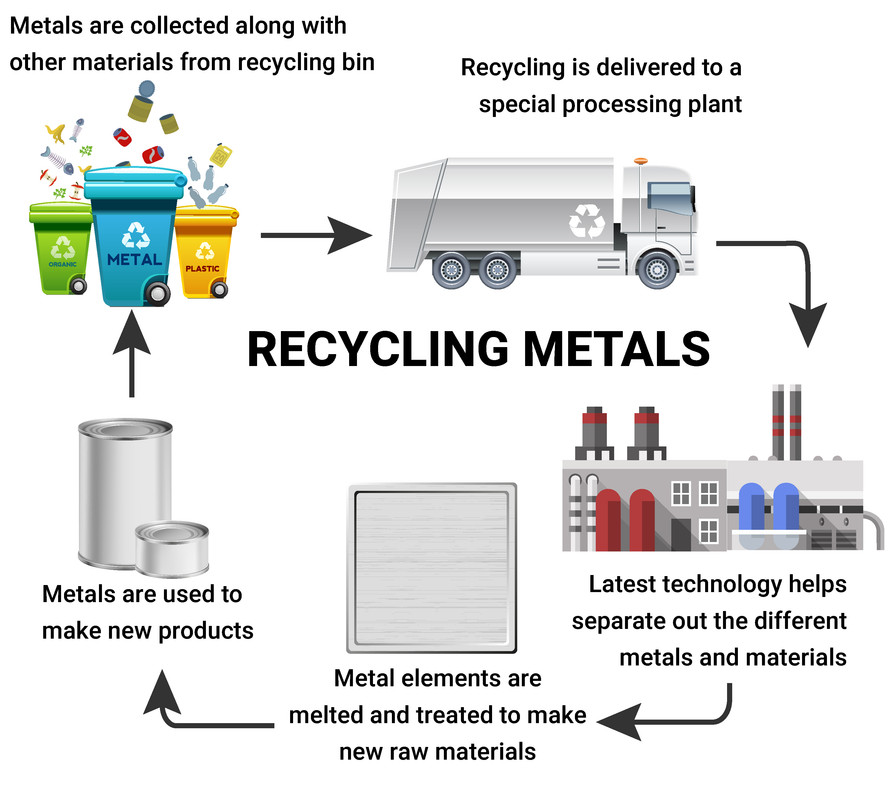
Using the Earth's Resources
Using Resources
Sustainable Development
Humans use the Earth’s resources to provide warmth, shelter, food and transport. Natural resources, supplemented by agriculture, provide food, timber, clothing and fuels.
Finite resources from the Earth, oceans and atmosphere are processed to provide energy and materials.
Chemistry plays an important role in improving agricultural and industrial processes to provide new products and in sustainable development, which is development that meets the needs of current generations without compromising the ability of future generations to meet their own needs.
An example of a natural product that has been supplemented/replaced by synthetic products is fertiliser. Farmers used to use (some still do) animal excrement to fertilise their fields, now we use the Haber Process to produce fertilisers from ammonia.
Potable Water
All life requires water to survive. The water they need has to be of good enough quality, which for humans means it needs low levels of dissolved salts and microbes. Water that is safe to drink is called potable water. Potable water is not pure water, because it contains dissolved substances.
There are many methods used to produce potable water, and which method is used will depend on the available supplies of water and local conditions.
In the United Kingdom (UK), rain provides water with low levels of dissolved substances (fresh water) that collects in the ground and in lakes and rivers. To make this water potable, it must go through these steps:
- sedimentation - solids sink to the bottom and are removed
- filtration - fine particles like sand are removed
- sterilisation - microbes are killed (sterilising agents used for potable water include chlorine, ozone or ultraviolet light)
If supplies of fresh water are limited (such as on an small island), desalination of sea water (high salt levels) may be required. Desalination can be done by distillation or by processes that use membranes such as reverse osmosis. These processes require large amounts of energy.

Waste Water Treatment
Urban lifestyles and industrial processes produce large amounts of waste water that require treatment before being released into the environment. Sewage and agricultural waste water require removal of organic matter and harmful microbes. Industrial waste water may require removal of organic matter and harmful chemicals.
Sewage treatment includes:
- screening and grit removal
- sedimentation to produce sewage sludge and effluent
- anaerobic digestion of sewage sludge
- aerobic biological treatment of effluent (liquid waste)
Alternative, Biological Methods of Extraction
Higher Tier
The Earth’s resources of metal ores are limited. One of the metals we are worried about is copper, as its ores are becoming scarce. Luckily new ways of extracting copper from low-grade ores have been developed. These include phytoextraction, and bioleaching.
No harmful gases are produced (e.g. sulfur dioxide) like in traditional mining, both methods cause less damage to the landscape than traditional mining, and both methods conserve supplies of high grade ores.
The main issue with these processes is that they're both very slow.
Photoextraction
Plants absorb mineral ions through their roots, and this method of extraction makes use of this:
- plants are grown on a low-grade ore (contains less metal)
- plants absorb metal ions through their roots
- plants are harvested and burnt
- ash left behind contains a higher concentration of the metal than the original ore
- ash is then processed to obtain the metal
Phytoextraction is more expensive than mining some ores. Growing plants is also dependent on weather condition. It does, however, allow us to extract metals from contaminated soils.

Bioleaching
Bacteria can break down low-grade ores to produce an acidic solution (called a leachate) containing metal ions. Copper, nickel, cobalt and zinc ions can be extracted this way, and they are then displaced using scrap iron with a final purification step of electrolysis.
It doesn't need high temperatures, but it does produce toxic substances and sulfuric acid which damage the environment.
Life Cycle Assessments
Life cycle assessments (LCAs) are carried out to assess the environmental impact of products at each stage of its 'life'. This process is referred to as a 'cradle to grave' analysis. The stages assessed include:
- extracting and processing raw materials
- using up limited resources
- damaging habitats
- using up limited resources
- manufacturing and packaging
- using up land for factories
- the use of machines and people
- using up land for factories
- use and operation during its lifetime
- cleaning
- repair
- using up limited resources
- disposal at the end of its useful life
- using up land for landfill sites
- is the product recycled or reused
- using up land for landfill sites
We often need to take transport of the raw materials, and the product, into account - as these can be transported huge distances back-and-forth from country to country, via ships or aeroplanes before they even end up at your home, school, or workplace.

Reducing the Use of Resources
The reduction in use, reuse and recycling of materials by end users reduces the use of limited resources, use of energy sources, waste and environmental impacts.
Metals, glass, building materials, clay ceramics and most plastics are produced from limited raw materials. Much of the energy for the processes comes from limited resources. Obtaining raw materials from the Earth by quarrying and mining causes environmental impacts
Some products, such as glass bottles, can be reused. Glass bottles can be crushed and melted to make different glass products. Other products cannot be reused and so are recycled for a different use.
Metals can be recycled by melting and recasting or reforming into different products. The amount of separation required for recycling depends on the material and the properties required of the final product. For example, some scrap steel can be added to iron from a blast furnace to reduce the amount of iron that needs to be extracted from iron ore.
